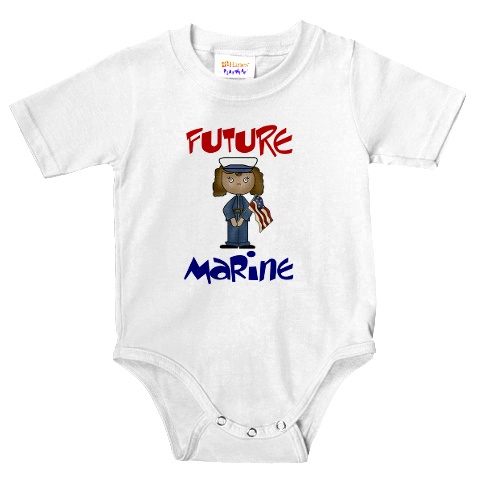I have been fascinated over the past week by news coverage of the newly discovered “Venus” figurine that is believed to be the oldest human carving ever found. In this post, I’m trying to work out my thoughts.

News coverage has described the figurine with terms like “sexy,” “erotic,” “sexually-suggestive,” “sexually-charged,” “busty,” “pornographic,” and “pin up.” I’m not sure what to make of this. There is no possible way that we could understand the meaning–or, let’s face it, multitude of contested meanings–that such a figure could have carried for those who made it. All interpretations are projections of our own contemporary sensibilities.
Perhaps especially because of this, I am dumbfounded as to the ease with which news coverage describes the figurine as sexy.
From a contemporary U.S. perspective, the figure would not be considered sexy. Bodies such as that portrayed in this “Venus” are considered grotesque today and people who are sexually attracted to such bodies are considered deviant. It’s amazing to me that this is so completely unnoticed in news coverage. Instead, the figure is seen as obviously sexual exactly because the body is fat.
I think this could be explained with our contemporary social construction of fatness. Fat symbolizes excess. Fat people are presumed to have appetites in excess, for sex as well as for food. Fat women in the media are often portrayed as highly, even aggressively, sexual (think Mimi from The Drew Carey Show, the way that Star Jones’ role developed on The View, even Karen Walker on Will & Grace who, by modern standards and compared to Grace, was “curvy”). The figurine is described as somehow obviously in excess. The coverage includes terms like “protruding,” “exaggerated,” “grossly exaggerated,” “enormous,” “aggressive,” “enlarged,” “bloated,” “huge,” “bulbous,” “oversized,” “outsized,” “distorted,” “swollen,” and “with breasts that make Dolly Parton look flat-chested.” Granted, the figure may be somewhat disproportionate (and I emphasize may be), but our interest in its disproportionality seems somewhat disproportionate as well.
Maybe this is intersecting with our own assumptions as to the primitiveness of the people who carved the figure. The primitive is also a socially constructed idea and we often think that primitive people have closer ties to their baser instincts. From that perspective, maybe being sexually attracted to excessive sexuality makes sense.
So maybe the combination of our social construction of fat and our social construction of the primitive explains why the contradiction–the figurine is obviously sexy, but women who have that body today are considered the antithesis of sexy–is going unmarked. I’m not sure. I’d like to hear your thoughts.
Lisa Wade, PhD is an Associate Professor at Tulane University. She is the author of American Hookup, a book about college sexual culture; a textbook about gender; and a forthcoming introductory text: Terrible Magnificent Sociology. You can follow her on Twitter and Instagram.




















